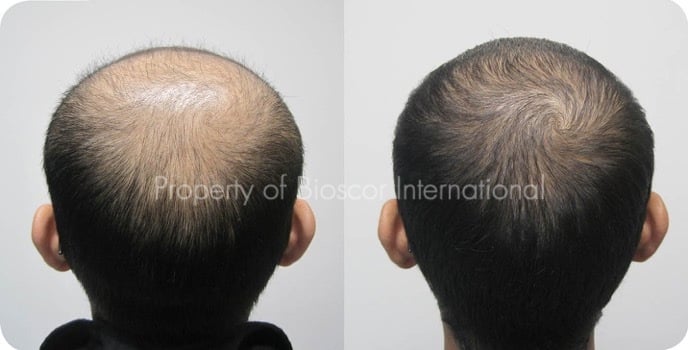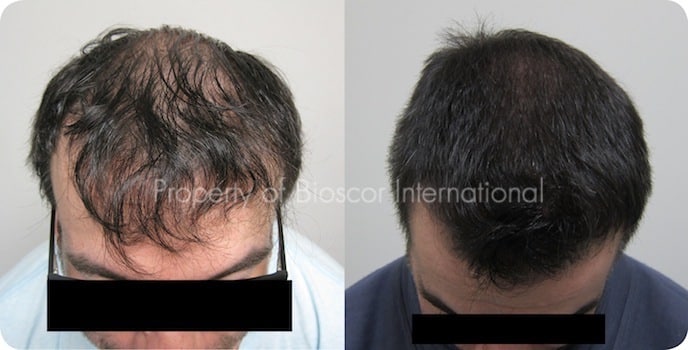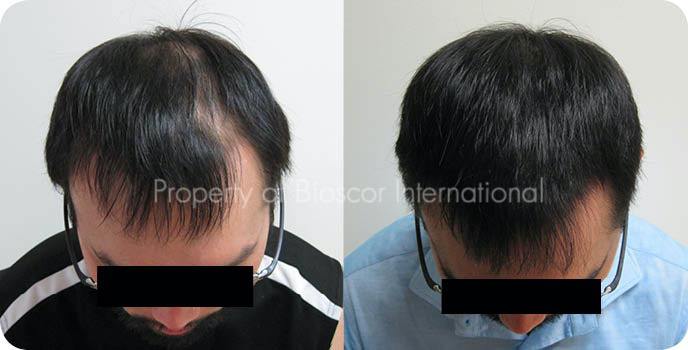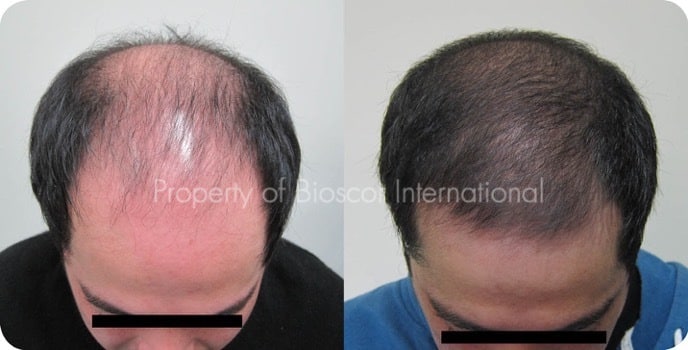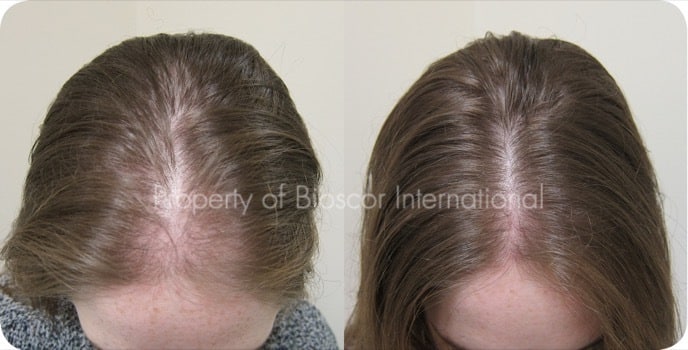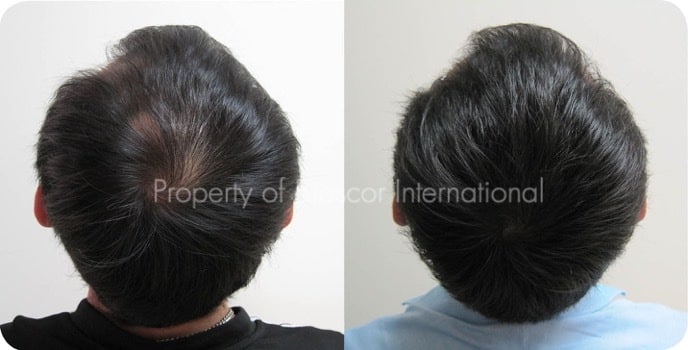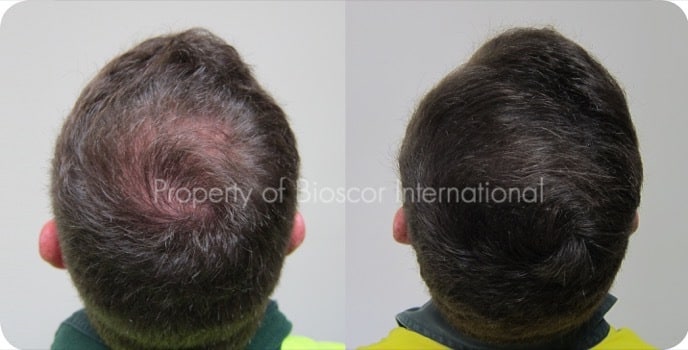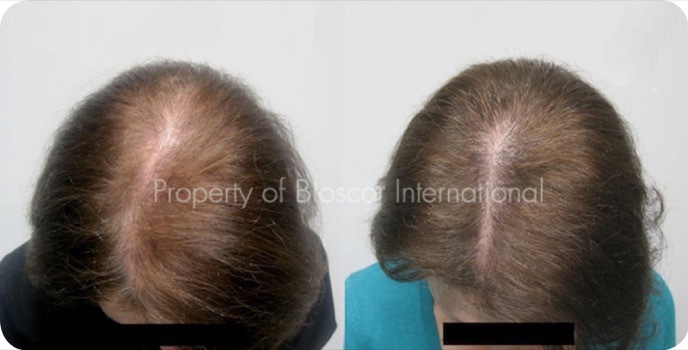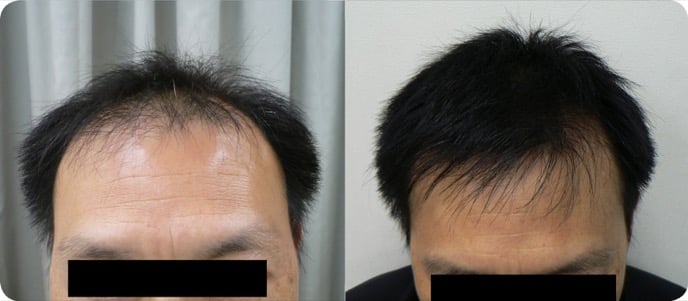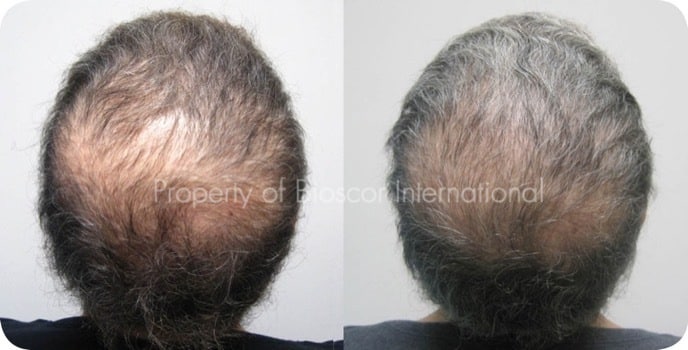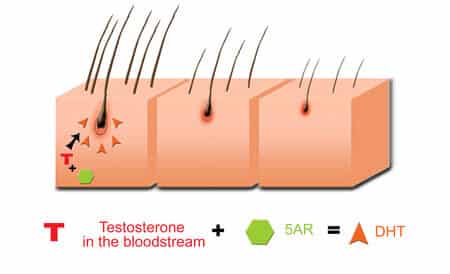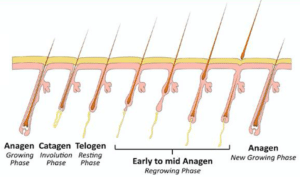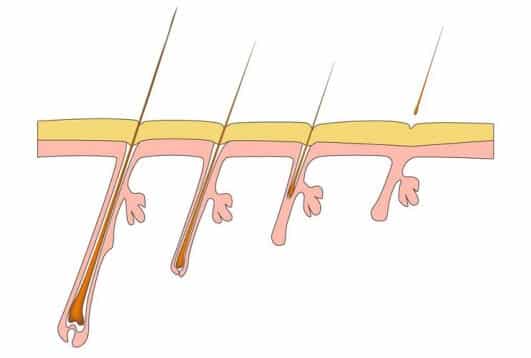
Hair Regrowth: What to Expect on Your First Consultation
As the number of individuals experiencing hair loss continues to increase among both men and women, there has been a corresponding rise in the availability of natural hair regrowth products and treatments. Hair regrowth clinics now offer a range of options, including natural remedies and medication-based treatments, with specialised clinicians and procedures to address this issue.
Many people turn to natural remedies as the initial solution for treating hair loss. However, the internet is inundated with a multitude of hair regrowth hacks and tips, but not all of them are proven to be effective. Therefore, seeking advice from a hair regrowth clinic is crucial. It is important to note that attempting home remedies for natural hair growth may even cause harm in certain situations.
When experiencing hair loss, it is essential to seek professional consultation if you do not observe any hair regrowth despite trying various hair regrowth products and natural remedies. This indicates that your hair loss problem may be deeply rooted, and attempting treatments and remedies without determining the underlying cause could be ineffective. Therefore, it is crucial to seek expert advice.
To initiate the process of hair regrowth for women, it is crucial to identify the underlying cause. In Melbourne, effective hair regrowth treatments begin with identifying the cause of hair loss. Before scheduling the first consultation for hair regrowth, it is important to have a basic understanding of hair loss.
What is hair loss?
Losing a few strands of hair on a daily basis is a normal phenomenon. However, when an individual begins to experience increased hair loss without an equal amount of hair regrowth, it can be classified as hair loss. The process of hair growth involves the replacement of shed hair with new hair. But when this cycle is disrupted, the rate of hair regrowth can be affected, ultimately leading to pattern baldness.
What are the causes of hair loss?
It is necessary to detect the cause of hair loss to prescribe the right line of hair regrowth treatment. A few common causes of hair loss are:
- Genetic factors
- Hormonal imbalance
- Nutritional deficiencies
- Side effects of medical treatments
- Chemical-rich hair treatments
While these are a few common causes that affect hair regrowth, one must also know about the symptoms of hair loss for timely treatment.
Signs and symptoms of hair loss
- Overall hair thinning
- Clumps of hair falling out during showers and combing
- Hair loss in patches
- Receding hairline
- Widening part
- Thinner ponytail
If you observe any of these indicators, it is important to visit a hair regrowth clinic in Australia immediately. The initial visit to a hair specialist can be overwhelming and nerve-wracking for some individuals. Therefore, selecting the appropriate hair regrowth clinic in Melbourne, Australia is crucial for a seamless treatment experience.
Bioscor is a highly dependable hair regrowth clinic in Australia with a team of skilled and experienced clinicians who can help you achieve your desired results. We ensure that all of our patients feel comfortable during consultations and treatment procedures. Rest assured, you are in good hands with Bioscor.
Here is a glimpse of what goes into the first consultation at a hair regrowth clinic.
Points to Remember for Your First Consultation at a Hair Regrowth Clinic in Australia
1. Make sure to carry all your past medical records and reports
Many instances of hair loss have underlying causes that require careful diagnosis and evaluation. Informing your hair specialist about any previous medical conditions is crucial, as it can assist them in comprehending the root cause of the hair loss.
2. Be ready to answer several questions about your hair
During your consultation with the hair specialist, they will ask you various questions to better understand your hair loss condition. These questions may include when you first noticed hair fall, what measures you have taken to prevent hair loss, and other relevant inquiries. This information assists the specialist in assessing the extent of the issue.
3. Close hair examination
The hair expert will take a closer look at your hair to determine its quality and strength. This is important because it helps the specialist know your hair type better.
4. Scalp check
To diagnose scalp health, a thorough scalp examination is conducted. The condition of the scalp can significantly impact the quality of hair, which is why many hair regrowth specialists perform this evaluation during the initial consultation.
5. Discussing the treatment options for hair regrowth
After the hair specialist has assessed your overall hair condition and identified the type of hair loss, they will then proceed to explore treatment options with you. Additionally, the specialist will provide you with detailed information on the various treatment procedures available and what results you can expect from each option.
Typically, following the initial consultation, the hair specialist may recommend hair regrowth products in order to begin your treatment. It is crucial for patients to address all their questions and concerns during the first consultation to make informed decisions.
Consult us at Bioscor today for hair regrowth in Australia.
Related Posts:
Why Choose Us
With more than 30 years of experience in the hair loss treatment industry, we can say with confidence that our program yields results. Our program is medically-supervised, ensuring that we will go through the necessary health checks and discuss with you the best treatment for your hair.
We understand that hair loss is a cause for distress and anxiety for many people which is why there are NO lock-in contracts or large start-up fees. You purchase your hair growth products as you need them. Your results and overall satisfaction are what matters most to us.
*Currently not available in Perth
Our Results
Our patients with Androgenetic Alopecia usually achieve visible results within the first 3-4 months of treatment. The process of follicular miniaturisation occurs over the course of many years, thus rejuvenation of the follicles is not a quick process. How quickly you attain results will depend on a few factors such as age, severity, genetic predisposition to hair loss, treatment dosage, scalp condition and other external factors. Generally speaking, the earlier treatment is begun, the faster and more effective the results are.
*Results may vary amongst individuals
Frequently Asked Questions
Androgenetic Alopecia, also known as male pattern hair loss, is the most common form of hair loss accounting for 95% of hair loss in men. Female pattern hair loss is the preferred term for Androgenetic Alopecia in females, and affects as many as 12% of females aged from 20 to 29 years, and over 50% for women over the age of 80.
As the name suggests, Androgenetic Alopecia involves the action of androgens (male sex hormones), specifically the hormone DHT. Individuals with pattern hair loss have an increased sensitivity to DHT. DHT binds onto susceptible hair follicles, causing them to shrink. Over time this impacts the hair growth cycle where hair starts to thin, shorten and eventually stop growing.
See this page for more information
It is normal to shed between 50 to 100 hairs per day. This is because of the hair’s growth cycle, which consists of 3 phases: anagen, catagen and telogen. The anagen phase is the growth phase of the hair in which the hair is actively growing. This phase usually lasts 2 to 7 years, and normally 85-90% of scalp hairs are in this phase at any given time. The catagen phase is known as the transition phase in which hair shaft production is completed. The telogen phase, otherwise known as the rest phase, is the last phase of the growth cycle. In this phase, a club hair is fully formed resulting in a hard, white and dry material at the root and the hair is eventually shed from the scalp.
Those with Androgenetic Alopecia, hair shedding is in excess of 100 hairs per day, as follicular miniaturisation causes the hair’s growth cycle to become progressively shorter. This results in significantly less hairs in the anagen phase at any given time, which is why hair shedding is more frequent in those with Androgenetic Alopecia.
There are a few clinically-proven solutions that can halt further hair thinning and even some regrowth. There is no “one size fits all” for the average individual, as some treatments may work better for some, and other treatments better for others. With our program, we find that it is best to approach the problem from several angles to achieve the best and fastest results. On the other hand, some individuals may not be suitable for certain treatments, and therefore we are also able to tailor our hair loss treatment to suit any individual needs.
From experience, our clients with Androgenetic Alopecia achieve visible results usually within the first 3-4 months. The process of follicular miniaturisation occurs over the course of many years, thus rejuvenation of the follicles is not a quick process. Furthermore, existing catagen and telogen hairs (hair in the rest phase) will need to shed first before new healthier anagen hairs (hair in growth phase) grow.
How quickly you attain results will depend on a few factors such as age, severity, genetic predisposition to hair loss, treatment dosage, scalp condition and other external factors. Generally, the earlier treatment is begun, the faster and more effective the results are*. New hair growth is seen in almost all cases of pattern hair loss, but the extent of satisfaction will also depend on the individual. There are some individuals who respond well – and then there are those who don’t respond as well and may need additional treatment. We recommend that you come in for a consultation at one of our clinics to assess your scalp and hair condition, and discuss your chances of hair regrowth.
For other forms of non-scarring alopecia, the results may vary depending on the circumstance and how soon the causative factor is dealt with. However, hair regrowth will not occur in places where there are no viable follicles, i.e. in people with forms of scarring alopecia (e.g. burns to the scalp, surgical scars).
As male/female pattern hair loss is a genetic condition, you will need to maintain the program for as long as you want to grow and maintain your hair. Unfortunately once treatment is stopped, the hairs you would have grown back plus the ones that you would have lost normally with the passage of time will gradually fall off, as they were genetically programmed to be lost.
In many cases, clients are satisfied with the amount of hair regrowth and will just wish to maintain their newly grown hairs. There are also those whose priorities change later in life and will not be able to stay on the full program. For these reasons, we can design custom maintenance programs specially tailored to the individual.
For non-genetic causes of hair loss, normal hair growth will usually resume once the causative factor is dealt with.
